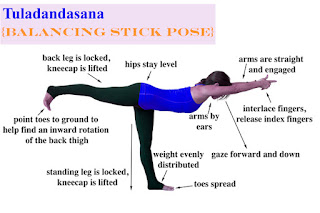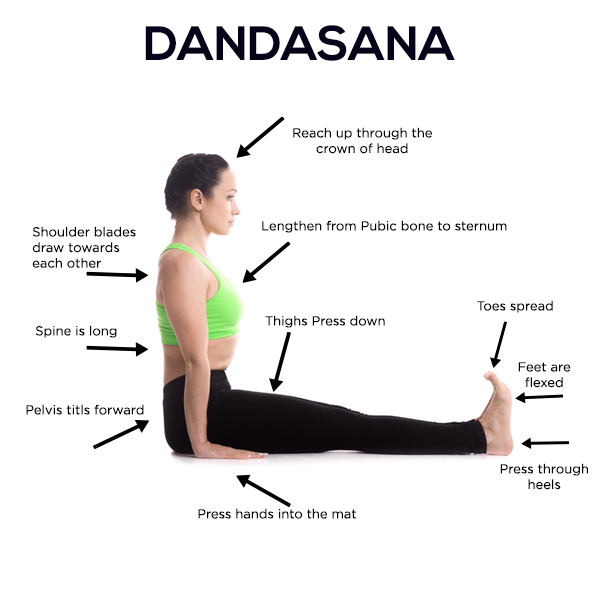CHANDRA NAMASHKAR
Health benefits of Chandra Namaskar or
Moon Salutation
Best time to practice Chandra Namaskar or
Moon salutation
Steps for Chandra Namaskar:
Benefits of the pose
energies and helps in calming down, if you feel stressed, hyper-excited
or over-stimulated. It helps channelize creative energies. Moon salutation is
best practiced outdoors on moonlit night.
pose.
 |
| yogahealth |
Although,
Chandra Namaskar or the moon salutation is not as popular as Surya Namaskar, it
has wonderful benefits of its own. Chandra Namaskar is a series of 17
yogasanas, which form a good w
arm up session, before
beginning yoga practice, or can help you in unwinding after a long day at work,
and can be practic
ed as your evening restorative
yoga session.
In Hatha
yoga, the first half of the word hatha i.e, ‘ha’, refers to the
sun or fiery energies, while
‘tha’ refers to the moon or cooling energies.
Best time to practice Chandra Namaskar or
Moon salutation
Although, the Chandra Namaskar
can be done at any time of the day, the best time to practice this asana is in
the evening, around sunset, when the moon is up. Just as mornings are good time
for sun salutations, evenings are best for moon salutations.
Different phases of moon have
different effects on earth and its inhabitants. The Siva Samhita, an ancient indiantext
mentions the moon as source of immortality. The moon phase affects everything
on earth and its inhabitants. The moon phase affects everything that contains
two elements salt and water. Hence, people with chronic diseases may
experience an aggravation of their complaints during full moon, particularly
those suffering from asthma.
Steps for Chandra Namaskar:
There are several variations of
the moon salutation, each very different from the other. Mentioned here are the
steps for a traditional Chandra Namaskara:
1.
Tadasana: Stand
with your feet together, body aligned with breath. Bring the palms together
like joining them during prayer, stretch the hands over the head and lengthen
the spine. Remain in this position and take a few breaths before proceeding to
the next asana.
2.
Chandrasana: Inhale
deeply and bend to the left side, exhale as you bend. However, be careful to
only tilt sideways and not forward or back.
3.
Utkatakonasana: Return
to the centre, step the feet apart and turn slightly out. Inhale, and as you
exhale, bend your knees, with thighs parallel to the ground. Keep forearm at 90
degrees to the arms, and palms facing you.
4.
Uthita
tadasana: Raise yourself from the squatting position and straighten the
elbows. Keep hands parallel to the ground, while relaxing chest and shoulders.
5.
Trikonasana: Step
the left foot out and slide down to the left side. Extend the right hand up.
This improves the spine flexibility and rectifies mis-alignment of shoulders.
6.
Parsvottanasana: Bring
the head to touch the left knee, relax both hands down on the left foot. This
asana helps improve posture and sense of balance. It also improves digestion
and lengthens the muscles on calves of the leg.
7.
8.
Left
side lunge: Bend both knees and move into lunge on the left side, while
looking to your left.
9.
Forward
facing lunge: Straighten the right knee, do forward facing lunge, and bring
both hands in front on the floor.
10.
Malasana: Squat
with feet placed firmly on the floor and palms joined
in front of you.
11.
Forward facing lunge: Repeat
step 8, but, bend right knee and straighten the left, and place palms on the
floor.
12.
Right
side lunge: Lunge to the right side, and look to your right.
13.
Parvottanasana:
Straighten both knees and bring your head to rest on the right knee, with both
hands near the right foot.
14.
Trikonasana: Move
up into triangle pose.
15.
Uthita
tadasana: Straighten knees and elbows.
16.
Utkata
konasana: Repeat step 3
17.
Tiryaka
tadasana: Join hands in prayer position, extended overhead, bend to your
right side
18.
Tadasana:
Conclude one sequence, and return to original position, with hands in prayer
position and extended overhead.
Benefits of the pose
Practise of moon salutation on
full moon days can help in balancing fiery
energies and helps in calming down, if you feel stressed, hyper-excited
or over-stimulated. It helps channelize creative energies. Moon salutation is
best practiced outdoors on moonlit night.
The physical benefits of the
pose include stretching and strengthening of the thigh muscles, calves, pelvis,
and ankles, mainly the lower body. It also helps activate root chakra.
Moon salutation is beneficial
to people under any form of stress. It helps balance your energy before you
reach a point of exhaustion, as it is a quieting practice. In School of Yoga,
it is practiced with a meditation at the beginning and at
the end, and offers the option of chanting a different mantra related to lunar
energy for each
pose.
Among the specific health
benefits of the pose are, it promotes balance, digestion, tones the spine,
expands lungsand opens the Heart Chakra. It improves good blood circulation,
keeps abdominal tract well regulated and healthy, stimulates spinal nerves,
stretches leg muscles and back, cures sexual ailments and improves flexibility prior to childbirth. It also relaxes sciatic nerves,
improves confidence, tones pelvic muscles, regulates functioning of adrenal
glands, relieves constipation, anger, sciatica, helps in maintaining balance on
both sides of the body, and helps develop a healthy sense of poise and respect
for mind and body.


Comments
Post a Comment